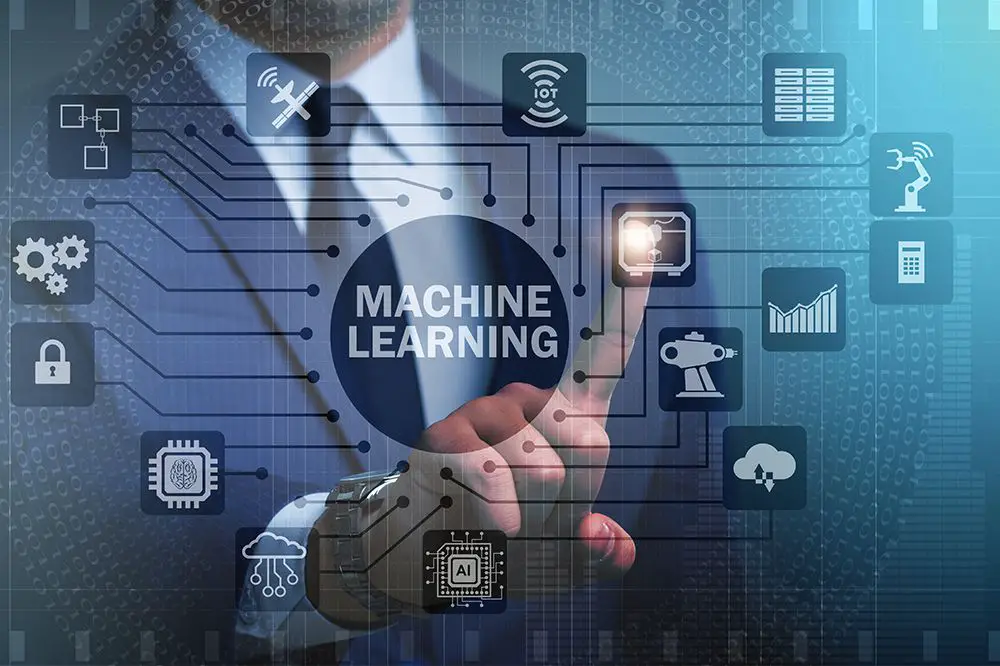Introduction
“Inference” is a very important word in the field of machine learning and AI, which is very broad.
It’s the link between the theory parts of models and how they can be used in real life.
Today, we will discuss about the what is “inference” in machine learning, its type and role.
What is Inference in Machine Learning
Inference can be described as the process of drawing conclusions from a model based on observed data.It involves getting useful information and predictions from machine learning models that have been taught.
Inference is the model’s ability to apply what it has learned to new data points it hasn’t seen before.
The Role of Inference
In machine learning, the primary goal is not just to create models that perform well on the training data, but to make accurate predictions on new, unseen data.
This is where inference in machine learning comes in to the picture.After a model is taught, it can be used to draw conclusions from real-world data, which helps people make choices and gain insights.
Types of Inference in Machine Learning
Statistical Inference
Statistical Inference is when you use statistical methods to make guesses about a group based on a sample. In order to figure out what happened in the past, it uses methods such as putting an idea to the test, calculating confidence intervals, and looking into the past.
Logical Inference
Logical inference, often used in rule-based systems, involves deriving conclusions from a set of predefined rules and facts. It’s commonly used in expert systems and knowledge-based AI.
Causal Inference
Causal inference focuses on understanding cause-and-effect relationships between variables. It helps to figure out if a change in one variable affects another variable.
Inference in Machine Learning Models
Different machine learning models use inference to varying degrees:
Regression Models
Regression models infer relationships between variables and predict continuous outcomes. For instance, predicting house prices based on features like square footage, location, and number of bedrooms.
Classification Models
Classification models infer which class a data point belongs to. For example, classifying emails as spam or not spam based on their content.
Neural Networks
Neural networks, which are a type of deep learning, use complex inference methods to look for patterns and features in data. They are great at things like recognizing pictures and understanding natural language because of this.
Importance of Inference
Inference is important because we can use models in the real world and make decisions based on facts by inferring from them.
It turns machine learning into something that businesses and students can use instead of just something that is done in school.
Inference vs. Prediction
While prediction focuses on forecasting outcomes, inference goes beyond and uncovers the relationships and insights within the data. Inference provides a deeper understanding of how variables interact.
Real-World Applications
Inference finds applications in various fields, such as:
Medicine
Predicting disease outcomes based on patient data.
Finance
Assessing credit risk and making investment predictions.
Manufacturing
Quality control and defect detection in production lines.
Autonomous Vehicles: Interpreting sensor data for safe navigation.
Challenges in Inference
Inference is not without challenges. Complex models may struggle with overfitting, where they perform well on training data but poorly on new data. Balancing bias and variance is a constant concern.
Conclusion
Inference is the key to turning facts into ideas that can be used in machine learning.
Models are able to make accurate guesses based on what they have learned so far. Thus they helps the person who are responsible to make the decisions.
If you want to take advantage of machine learning as it grows, you’ll need to know a lot about inference in machine learning.
FAQs
Q: How is inference different from prediction in machine learning?
A: While prediction focuses on forecasting outcomes, inference in machine learning goes beyond by uncovering relationships and insights within the data.
Q: Can you provide an example of causal inference?
A: Certainly. Causal inference could involve looking at how a new drug affects a patient’s health, taking into account things like dose, age, and conditions that the patient already had.
Q: Why is statistical inference important in data analysis?
A: Statistical inference lets us make decisions about a whole group based on a small sample, so we don’t have to look at the whole set of data.
Q: Is inference limited to supervised learning?
A: No, inference applies to various learning paradigms, including supervised, unsupervised, and reinforcement learning.
Q: How do you handle the conflict between bias and difference in inference in machine learning?
A: Achieving the right balance between bias and variance involves selecting appropriate models, features, and regularization techniques.


